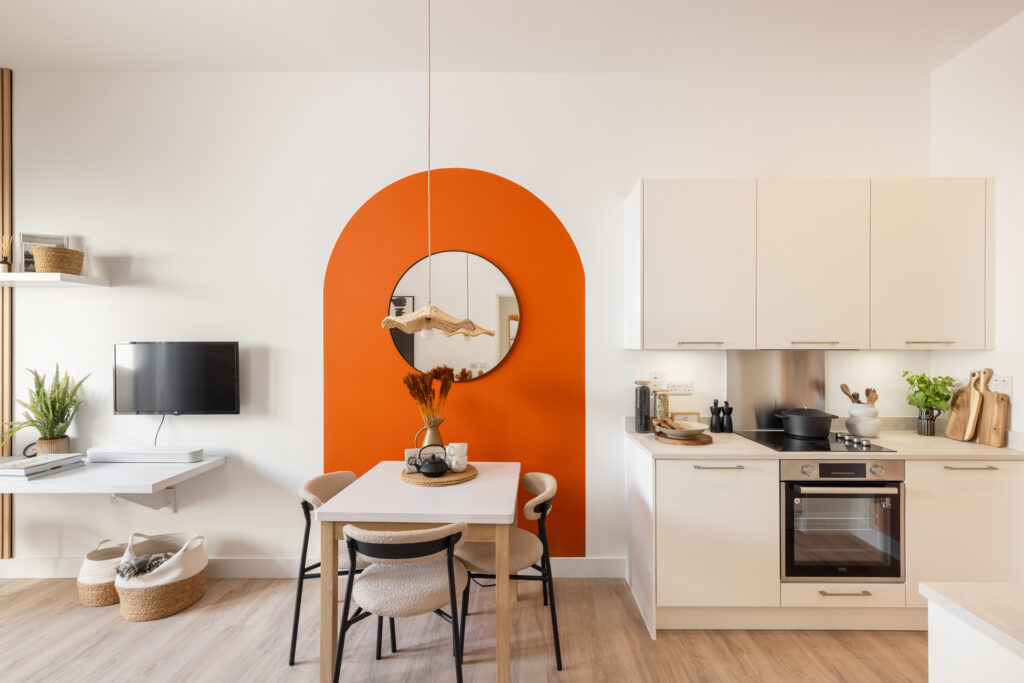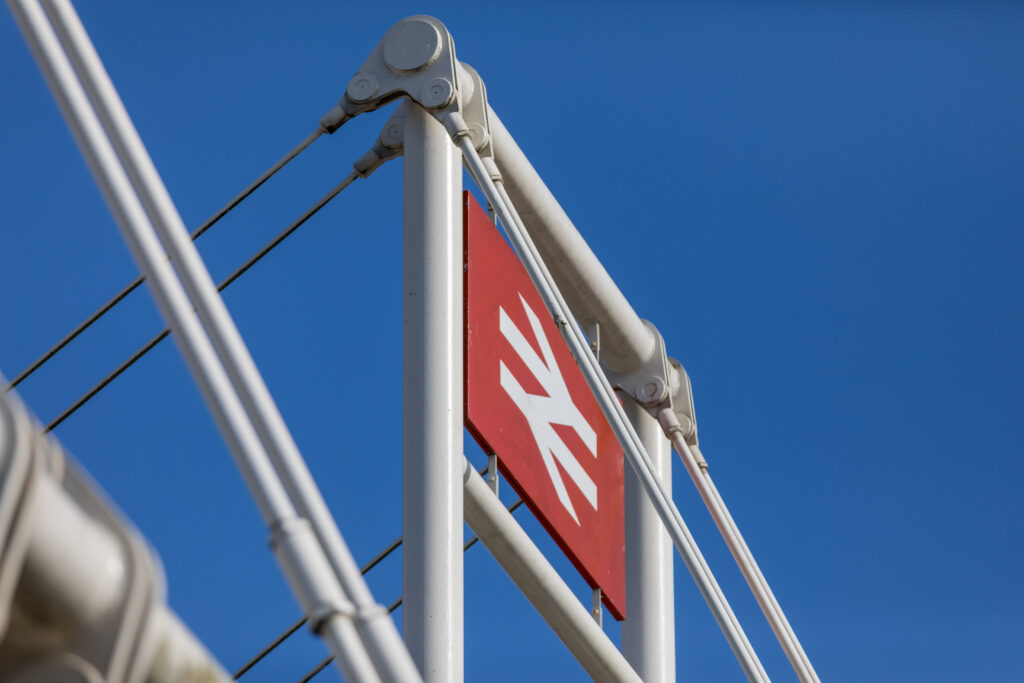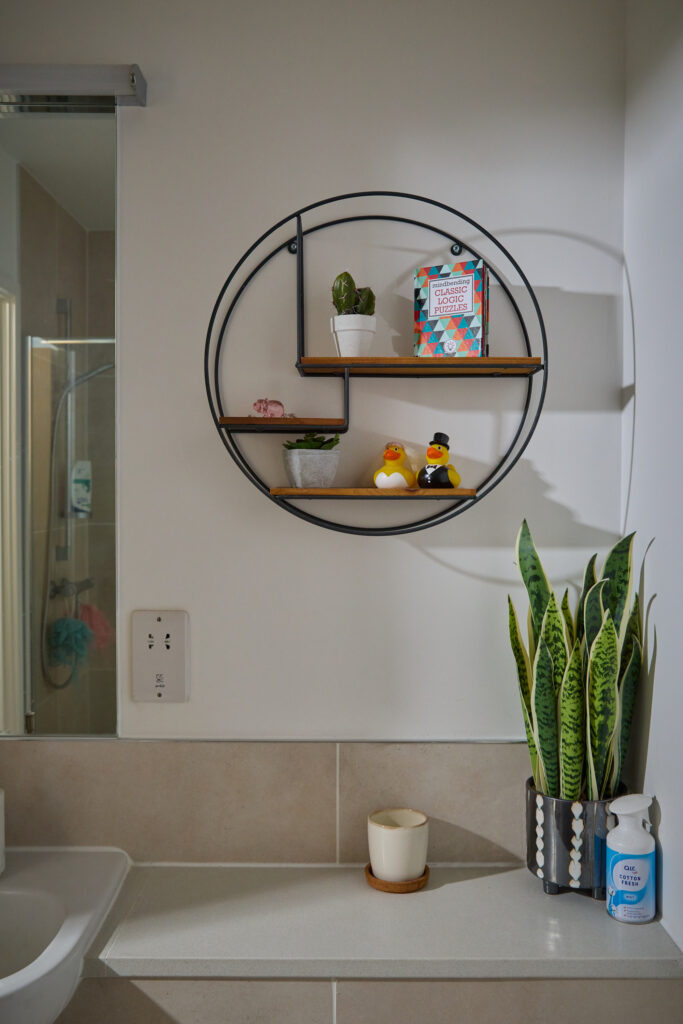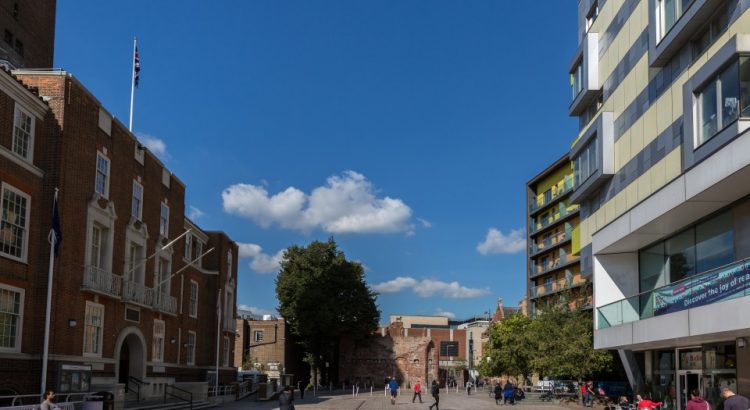What is service charge?
Service charge is the contribution you pay towards the management, repair, and general upkeep of the building you live in. If you own your home on a leasehold basis, the services included and what you’ll need to pay for should be clearly set out in your lease.
In practice, this often covers things like cleaning, gardening, utilities for communal areas, repairs, and maintenance of any shared heating, lifts, and security systems.
Thanks to the Building Safety Act, service charges are now also likely to include costs linked to fire safety checks, compliance, and ongoing maintenance required under the new legislation.
If you’re buying a flat, service charge typically covers buildings insurance too. A portion of it may also go into a reserve fund (also called a sinking fund), which is there to help cover the cost of future or unexpected works to the building. It’s essentially a rainy-day pot for your building.
Service charge is usually paid to a managing agent, appointed by the building’s landlord or the Residents Management Company (RMC). They handle the running of the communal areas. Depending on your lease, it might be payable annually, twice-yearly, quarterly, or monthly.

How are increases calculated?
Service charge is typically reviewed once a year, with the next year’s forecast based on costs from the year before.
At Pocket, service charges are always calculated this way. This means they can go up, but they can also go down. If the building spends less than expected, the following year’s charge could be lower. That said, in reality, you can usually expect a slight increase each year, roughly in line with inflation.
Over the past few years, service charges have seen steeper rises due to inflation, increased energy and insurance costs, and extra requirements brought in by the Building Safety Act.
Homeowners have the right to request a breakdown of how the service charge is calculated and where the money is going.
Do all homes pay service charge?
If your home shares any part of the building with others, there’ll likely be a service charge involved – someone has to cover the cost of maintaining those shared areas.
This applies whether your flat is leasehold, commonhold, or share of freehold (want to know the difference? Check out our blog on leasehold and commonhold). There will always be some shared responsibilities that homeowners need to chip in for.
Usually, the amount you pay is based on the size of your home, so larger flats contribute more than smaller ones.
Do I get a say in how much my service charge will be?
That depends on how your building is managed – usually laid out in your lease if you’re a leaseholder.
At Pocket, every building is managed by a Residents Management Company (RMC). Every homeowner automatically becomes a member. Some go one step further and become Directors, helping to make decisions on behalf of the wider development.
While some costs (like insurance and safety compliance) can’t really be avoided, residents do have a say in other areas. This includes things like whether to bring in a new gardener, reduce lighting costs, or spruce up the lobby. These decisions can directly impact the overall service charge.
The RMC usually appoints a managing agent to take care of the nitty-gritty, day-to-day running of the building.
How do I know how much the service charge will be for the home I’m buying?
If you’re buying a new build, you should be given an estimated service charge early on. Once you’re further along in the buying process, your solicitor will receive a full breakdown of the expected costs for your specific building.
If you’re buying a resale home, the seller or their agent should tell you the current service charge payable.









